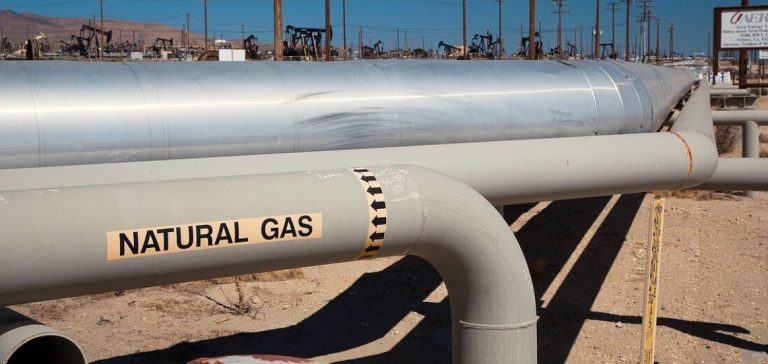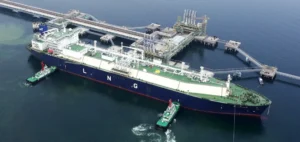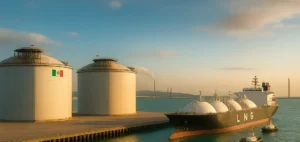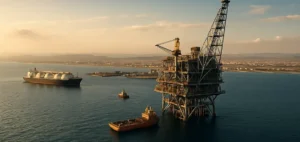The continued growth in demand for natural gas in the United States in 2024 poses a strategic dilemma for the American administration. Although the Biden administration has launched numerous initiatives to promote renewable energy, electricity production from natural gas continues to grow. Over the first nine months of the year, American electricity producers recorded a peak production of 55.6 million MWh, an increase of nearly 5% compared to 2023.
This phenomenon is explained by the importance of natural gas in the American energy network. The PJM (Pennsylvania, New Jersey, Midwest) and ISO Midcontinent networks, covering much of Arkansas and the Northern States, as well as the ERCOT network in Texas, are the largest contributors to this increase, each accounting for more than 10% of national production. In contrast, the SERC network, covering the Carolinas and Georgia, has reduced its gas consumption by 2.5%, offsetting it with an increase in coal production.
A contrasting dynamic
This dynamic illustrates a marked contrast between climate ambitions and operational reality in the United States. Despite international pressure and energy transition commitments, natural gas production continues to grow. At the same time, gas companies continue to benefit from favorable conditions thanks to growing demand in Asia and Europe, exacerbated by the European energy crisis linked to the invasion of Ukraine.
On the international front, Mexico, Qatar, and Thailand show similar growth, but in absolute terms, the United States’ share remains significantly predominant. The global natural gas market could thus become increasingly dominated by American policy, influencing global prices and increasing tensions with energy transition advocates.
Strategic perspectives
The American context remains marked by a contradiction between decarbonization ambitions and the reality of its energy production. The International Energy Agency (IEA) estimates that the United States produces about 30% of the world’s electricity from gas, placing the country well above 2023 levels. This paradox is even more pronounced given the Biden administration’s goals to drastically reduce greenhouse gas emissions while ensuring national energy security.
For companies in the sector, this situation translates into a strategic opportunity. Giant ExxonMobil recently announced an expansion of its production capacity in the Permian Basin, estimating that demand will remain strong until 2030. At the same time, gas transportation companies like Kinder Morgan, with its pipelines covering over 80,000 km, anticipate an increase in transit capacity to Asian markets.
Impact on international markets
The continued growth in natural gas production by the United States could reshape the structure of global prices and intensify geopolitical tensions, particularly with Russia and Qatar, two other major players in the sector. Moreover, this dynamic could put additional pressure on U.S. climate policies, which are already struggling to balance energy stability and environmental goals.
In this context, the short-term outlook suggests a further increase in U.S. dependence on natural gas. The only way to reduce this dependency is through a major acceleration in investments in renewable energy and large-scale storage, as well as the modernization of national energy infrastructures.





















